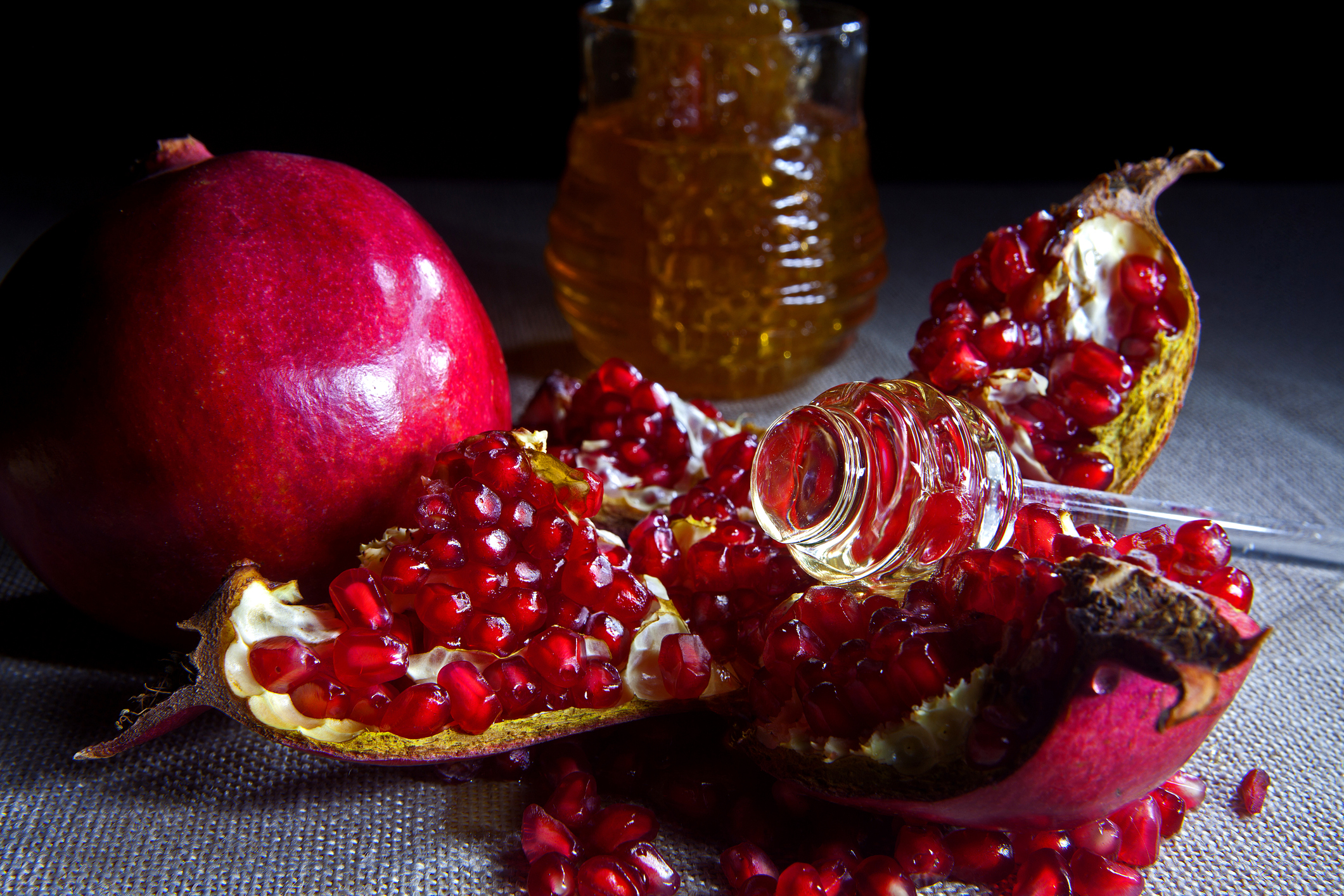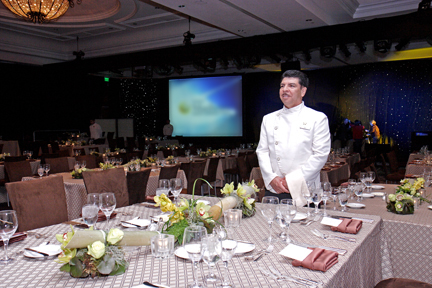Dietary restrictions come in many shapes and sizes. They can be health-related, but they can also be religious dietary restrictions. For Yom Kippur, religious dietary restrictions are an important part of this holy day.
When menu planning, we always need to take into account whether we have any religious dietary restrictions among our attendees, such as the need for Kosher meals. During holy days, it’s also important to recognize the timing of meals and traditional foods to have available.
We don’t have to restrict everyone in attendance, of course. However, having traditional foods available to attendees during the traditional pre-fast and break-fast meal times, will be an expression of real savvy.
 A quick primer about Yom Kippur
A quick primer about Yom Kippur
This Jewish holy day is about atonement. It’s held on the last day of what’s called the High Holy Days. The first day is the beginning of the Jewish New Year, Rosh Hashanah. Yom Kippur begins at sundown and lasts 25 hours, until sunset the next day. This year, 2017, Yom Kippur will last from sundown on September 29th to the evening of Sept 30th. In 2018, it will be held from the evening of September 18th through the evening of Wednesday, September 19th.
The holy day, Yom Kippur, is one of abstinence and fasting from a variety of activities. Atoning and repenting are cleansing activities, so fasting from food and abstaining from common activities, such as bathing, wearing leather shoes, applying lotions or creams, and avoiding recreational activities are part of the process. It is meant to help bring focus to God and the process of asking for forgiveness.
Food on Yom Kippur
Traditionally, in preparation for the holy day, observers will eat honey cake as sundown approaches. It symbolizes hope for a sweet new year. There are also two traditional meals used to mark Yom Kippur. Similar to Ramadan, there is a pre-fast meal and a break-fast meal. During the holy day, itself, no food or drink are permitted.
The pre-fast meal is called, “seydah ha-mafaseket.” The literal translation is “meal of separation” or the “concluding meal.” Whatever dishes are served, they need to be low-salt to avoid dehydration while fasting. Traditional food choices include:
[list icon=”icon: check-square-o” icon_color=”#d81c5c”]
- Rice
- Kreplach (stuffed dumplings)
- Challah dipped in honey
- Chicken or fish
[/list]
*This egg souffles is recommended as a pre-fast recipe.
The break-fast meal traditionally includes hi-carb foods to help re-balance the body after fasting.
[list icon=”icon: check-square-o” icon_color=”#d81c5c”]
- Sweet kugel (noodle pudding)
- Bagels
- Quiches
- Souffles
- Eggs
- Cheese
[/list]
*This no-cook bagel and lox lunch brunch is a great menu choice for the break-fast meal.
As we plan our meetings and events, it’s important that we take into consideration the holidays, holy days, and dietary restrictions our attendees will be observing. Just like having Kosher option available at all meals is important, building these foods into our menus during holy days will show that we are aware and respectful of the needs of all attendees.



